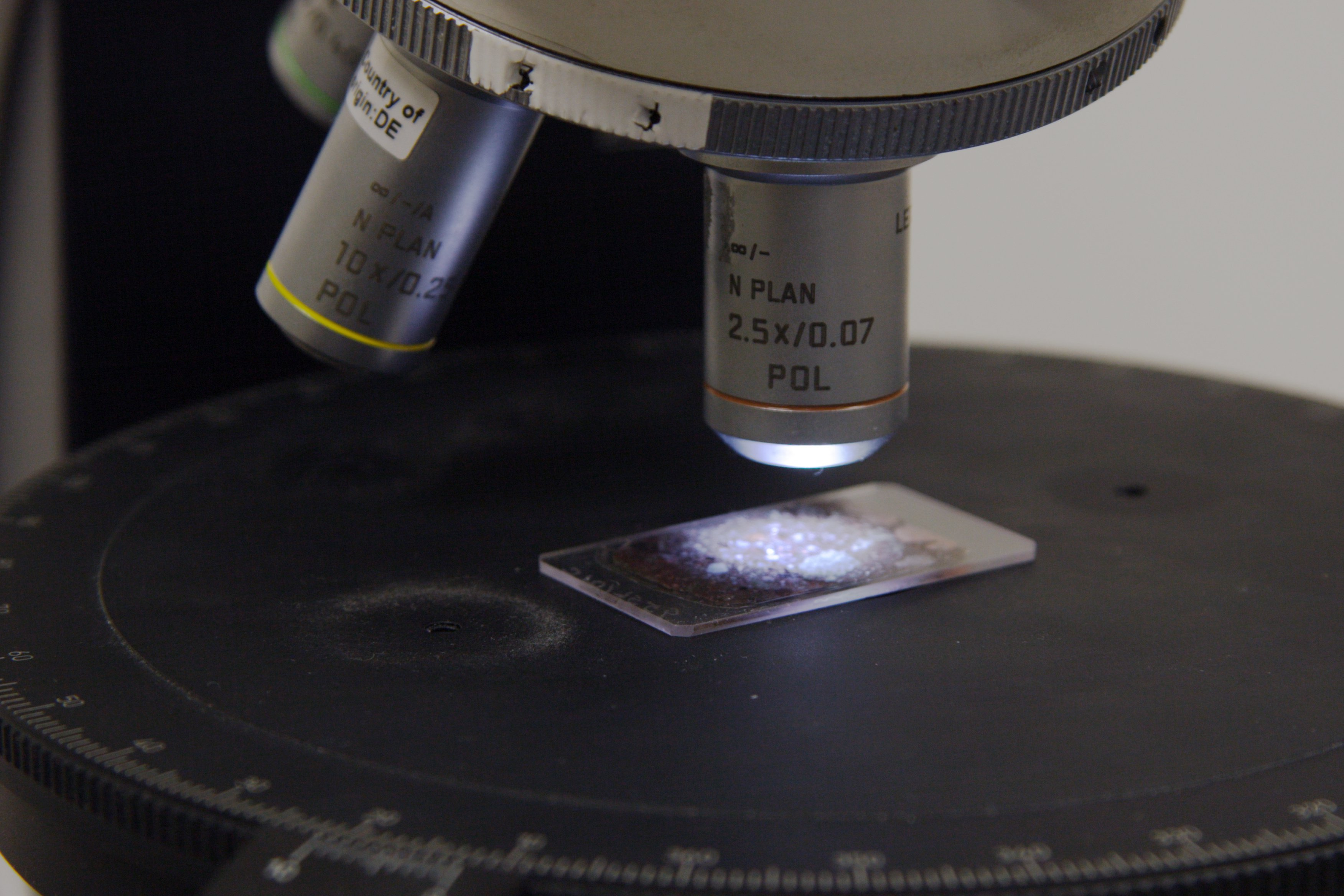Thin Section in Petrographic Studies: An Overview
Whether it’s in the fields of construction, manufacturing or other related endeavors, using thin sections in petrographic studies is often to only way to conduct a comprehensive analysis of materials. If you need to know with absolute certainty the makeup of a rock, mineral, pottery, bones or other substances, here’s how  thin section analysis works.
thin section analysis works.

The Collection Process
Before conducting the analysis, an acceptable sample must be collected. Ideally, samples can be obtained from conventional cores. These are most desirable because samples can be collected at different intervals of interest, often determined by a material’s properties such as porosity, permeability. This allows for a thorough comparison of properties between the different sample intervals. Sidewall cores are acceptable as well, however because the sample size is limited, they might not be properly representative of different intervals that are of interest. Cuttings, meanwhile, are the least desirable samples because the most porous parts are likely to disintegrate.
Preparation
Prior to analysis, the samples first must be placed under a vacuum and then impregnated with a low-viscosity epoxy. To ensure that the epoxy fills the smaller pores, some laboratories will apply pressure with inert gas. The effect of the epoxy (which is stained, usually blue) is to make it easier to study a sample’s porosity. At this point, the samples can then be further stained to screen for specific minerals through petrographic analysis. The most common stains are for plagioclase, K-feldspar, ferrous carbonate, dolomite, and calcite.
Different Techniques and Analysis
Standard petrographic analysis requires the use of a polarizing microscope; however some studies rely on cathodoluminescence (CL) microscopes. Either way, the analysis will result in either a qualitative description or a quantitative estimation of the sample’s qualities depending on one’s objectives. To analyze a material’s composition, the technician identifies rock constituents at several “points” within a single thin section. The amount of points depends on the technician’s objectives, but 300 points is usually considered enough to provide a reliably thorough sample size. Sandstone is usually the subject of a rigorous textural analysis. Quantitative textual analysis of sandstone requires the technician measure several grains within a sample (usually 100 or more per thin section) to determine a mean grain size.

Sandstone Reservoirs
To properly evaluate reservoir quality, petrographic analysis must document three fundamental properties: texture, composition, and porosity. Studying texture is useful because the size and sorting of grains within a sample can have a profound impact on a material’s permeability and reservoir quality. Naturally, a sample’s composition is necessary for reconstructing its diagenetic history, while the porosity is essential to understanding a material’s ultimate strength and reliability. Only with a comprehensive study of these three characteristics can any petrographic analysis be complete.
Before putting any material to use, you’ll need to have a full understanding of what you’re dealing with. Suffering with an inferior building material, for instance, can potentially damage your product as well as your bottom line. That’s why it’s not worth taking moving forward on any project without having all the facts in advance. Should you require a thin section petrographic analysis, contact the experts at National Petrographic. They have the expertise and professional technicians to assist you in whatever your business requires. Give National Petrographic a call at 713-661-1884.






